One of the most beautiful waterfalls in the world, Havasu Falls, lies deep within the tribal lands of the Havasupai Indian Reservation, the people who have lived in the Grand Canyon for over eight hundred years. And yet, this is just one of the breathtakingly beautiful waterfalls that lie along Havasu Creek.
A few years back, my daughter and I celebrated her high school graduation with a dream backpacking trip to Havasupai Falls. Even then, it was difficult to secure one of the coveted Havasupai reservations; now, campground reservations fill up as soon as they become available months in advance. And with all the delayed Covid-related reservations, you might have to wait until the 2024 season to visit.
Skip to the end of the post for Havasu Falls booking tips. For more things to do nearby, check out our 5-Day Southwest Road Trip Itinerary.
Here’s our story of one of the most epic mother-daughter trips into Havasu Canyon.
Havasu Falls Hike
Spying a spray-painted plywood sign pointing toward Supai Village, I hurried over the narrow bridge. For eight miles–down steep canyon walls, through a brief deluge, and over shallow flash flood streams in the valley—I had struggled to keep up with my 18-year-old daughter, Kayla.
Then, by mid-afternoon, it had been hours since she surged ahead, and I was beginning to kick myself for letting her hike alone in the desert. I knew she wasn’t lost. The trail, well-marked by people and mules following an ancient path, could not be missed. But did she have enough water?
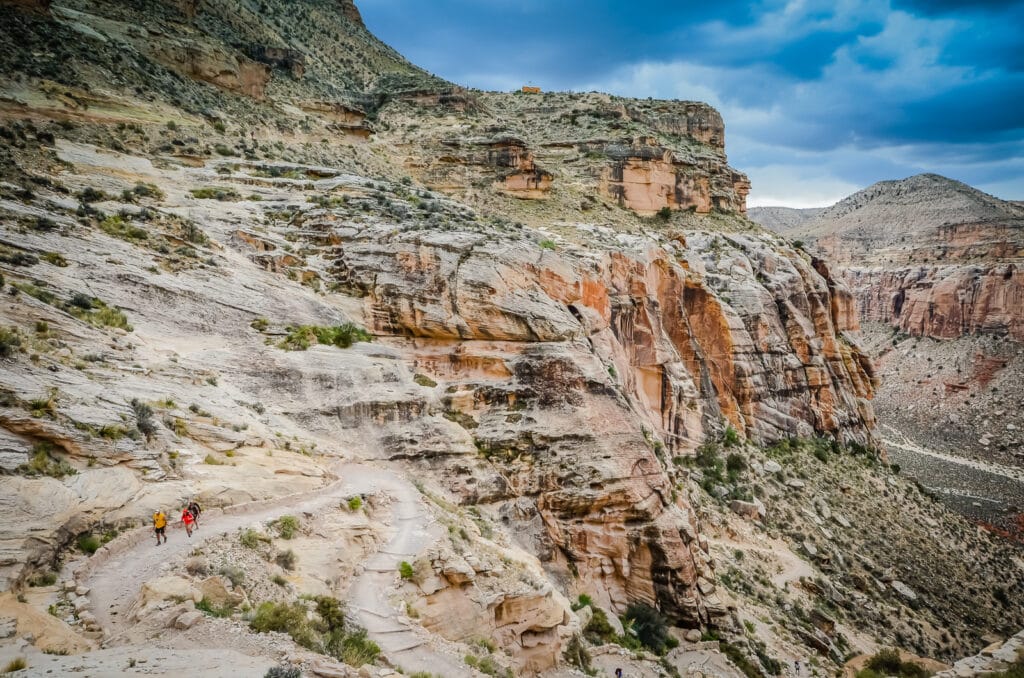
The trail is only steep for the first 1.5 miles from the trailhead at Hualapai Hilltop, where we parked the car, and after that, it is mostly level hiking with a slightly downhill slant. The hiking is rocky and sandy, and pack mules going up and down the canyon have to be avoided, but generally, this is a moderate hike.
It is 10 miles to reach the campground though–a considerable distance for most of us. There’s no water for the first 6 miles and daytime temperatures from May through September are often above 105 degrees Fahrenheit even in the shade.
I worried about the lack of water, but soon raindrops had me concerned about too much water.
The rainstorm passed quickly. In its wake, I saw streams which I avoided because the water seemed to be passing very quickly, fast enough to topple an unwary hiker.
I caught up to my daughter not long after the storm ended. Not only was she fine, but she was also lounging under a thick cottonwood tree lacquering her nails pink.
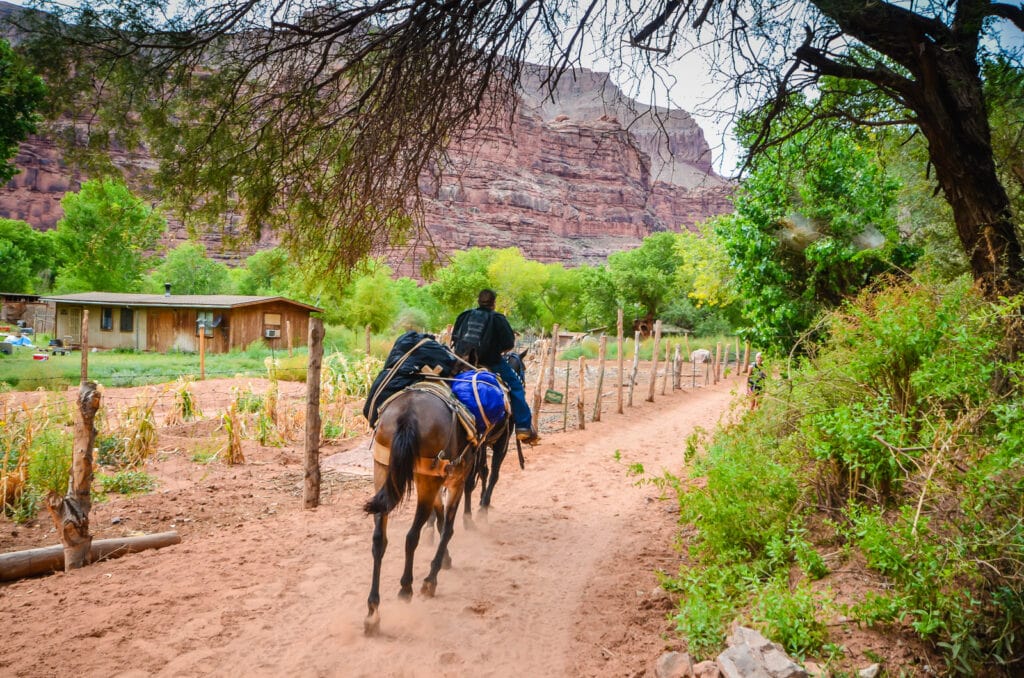
Entering Supai Village
I could see why it was important to limit the influx of visitors, both to preserve a fragile ecosystem and a way of life. Resources are limited, goods arrive by mule train, and trash must be carried out the same way.
Housing many of the 650 members of the Havasupai tribe, the village has all the modern trappings of an American town: church, school, grocery store, cellphone service, and a small but comfortable inn, the Havasupai Lodge.
But as we passed backyard orchards lush with ripe pomegranates, a horseman galloped toward us shouting, “hi-yah!”
Getting To Havasu Falls
Kayla stayed with me as we hiked the two miles from Supai Village to our campground, and together we got our first look at the legendary green waters of the Havasu Falls.
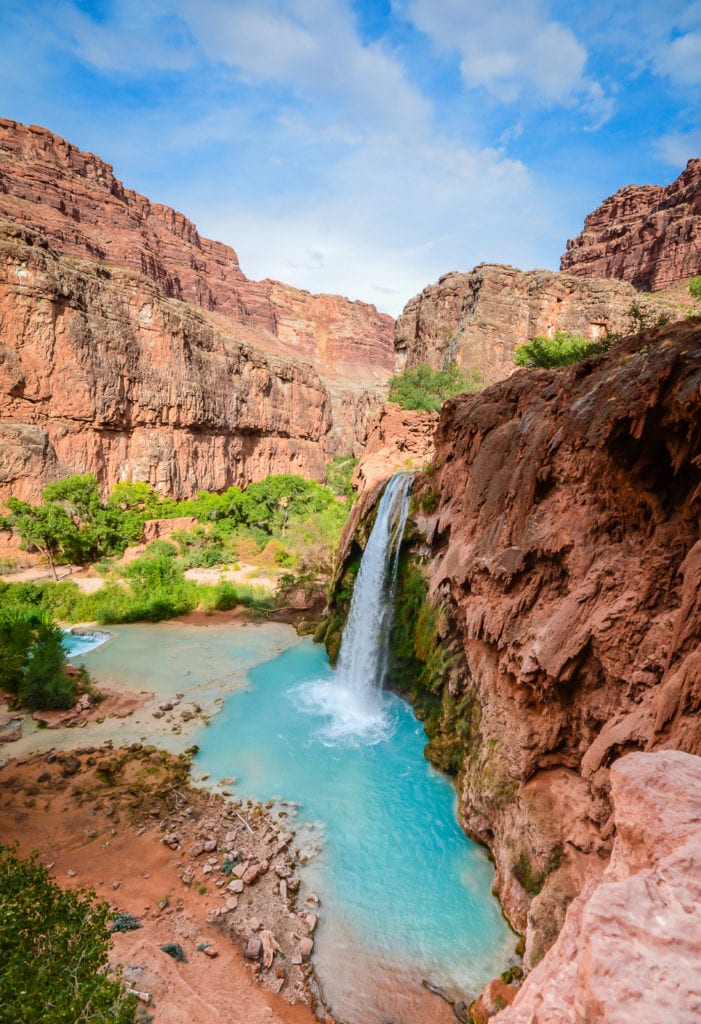
The first waterfall we saw, Navajo Falls, was even more beautiful than anything we could imagine, it more than rivaled the stunning Maui waterfalls. We were tempted to jump right in but wanted to set up our tents first. Plus, I was eager to be reunited with the duffel bags that had been carried in by mule.
Setting Up Camp At Havasupai Campground
There were many available campsites at Havasupai Campground, both next to the creek and not. We chose one sheltered by scrub and red-rock wall, where a prior tenant had strung a clothesline. And I was delighted to discover remarkably clean composting restrooms surrounded by a grove of moonflowers that perfumed the night.
Kayla was in charge of packing the food for this trip, so meals were healthy if Spartan. Luckily, a couple of enterprising locals were making a killing thanks to the laws of supply and demand. $5 for fry bread, $10 for Supai taco? Sure, why not.
Getting To Beaver Falls
The next morning we tackled the extreme skills portion of the trip on a day hike to Beaver Falls. Fifteen minutes beyond the campground, sits Mooney Falls, with a 195 plunge that tops Niagara Falls.
But to get there, you have to climb through tunnels, chains, and ladders slippery from the waterfall’s spray. This is not for the faint of heart or those afraid of heights.
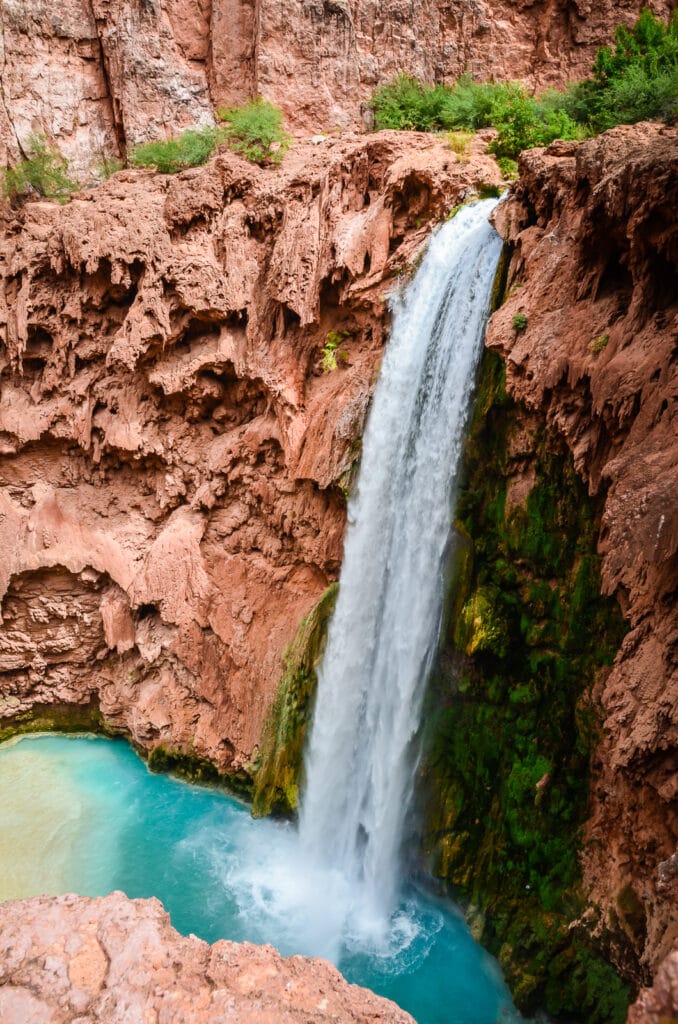
I fell behind my daughter a few times that day as we traversed through creek beds, over log bridges, into wild-grape-covered meadows, and again up and down ladders.
I just had to stop to take a million photos. Every landscape was so stunningly beautiful, and this was a once-in-a-lifetime adventure. I had to freeze every moment, every sight; while in my heart, I could see this was it, the last mother-daughter outing.
Apart, yet united, we hiked at different speeds, joining to tackle the tricky spots together. We approached Beaver Falls in tandem and explored its pools as a team.
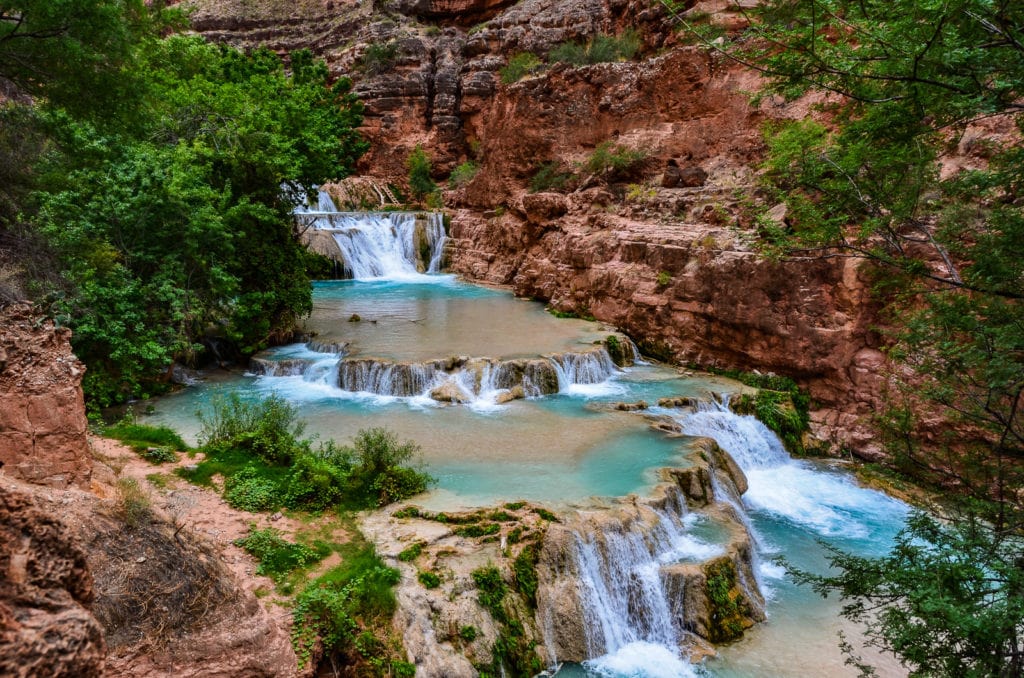
Together we sped back, desperate to escape the perils of the Mooney Falls ladder before nightfall.
The next morning, we left camp separately. Kayla, in the best shape of her life, wanted to hike back to the hilltop where our car was parked. Not being near as fit, I knew it would take me twice as long to hike uphill.
I chose to go on horseback, an experience that I will always remember as the first time I bypassed cantering and went straight to a gallop.
My guide wasn’t so much interested in a pleasant ride as he was in getting to the hilltop as quickly as possible. Any time my horse lagged, he reminded us to move along. That is until my horse noticed a few buddies being herded up the canyon trail and decided to pick up the pace himself.
That’s when my superior horsemanship consisted of holding on to the saddle horn for dear life.
And yet, as fast as we rode up that narrow trail, I arrived only half an hour before my daughter. She bypassed hikers who had left camp hours earlier at sunrise and was nearly as fast as a galloping horse.
How To Get To Havasu Creek
Havasupai Reservations
- No walk-ins are allowed. Havasupai Reservations have to be in place before arrival.
- Reservations fill up quickly. Best to have a Havasupai Account in place before reservations open in February for arrivals on March and beyond. But you may have to wait until 2024 as a backlog of reservations that were delayed from 2020 get priority in 2023. Check the new official tribal Facebook page for updates.
- Check-in for permit reservations is now required at Grand Canyon Caverns Inn, located at Mile Marker 115, Route 66 near Seligman, Arizona 86434. It’s located about 10 minutes from Hualapai Lodge, and a little over an hour’s drive from the Hualapai Hilltop trailhead.
- Pack mules must also be reserved online at Havasupai Reservations, the fee is $400 roundtrip per pack mule. See Havasupai Mule details online.
- There are no designated sites. But not to worry. All the sites are lovely, set under sheltering trees along the creek bed.
Getting To Havasu Falls
- Parking is free at Hualapai Hilltop Trailhead.
- Pack Mules are available to carry backpacks from the parking lot to the campground, but they must be reserved in advance. $400 for 4 backpacks, size, and weight limits apply. Packs must be dropped off by 10 am on the way in, and 7 am on the way back. See the Official Havasupai Tribe site for details.
- Airwest Helicopters offers service between Hilltop Trailhead and Supai Village. Rates were $85/person in 2019 and were available first come/first served according to the seasonal schedule.
Hotels Near Havasu Falls
Havasupai Lodge
If you don’t want to camp, there is the Havasupai Lodge in Supai Village (2 miles from Havasu Falls.) The current rate is $1,980 per room for 4 days/3 nights, and can hold up to 4 people. Advance reservations are absolutely necessary.
Please note that the lodge is experiencing construction delays and is not expected to open to tourists until early May 2023.
There is a Cafe serving burgers and Indian Tacos in Supai Village, as well as a shop for basics. Keep in mind that the menu and stock are extremely limited due to the remote location.
Hotels Near Havasupai Trailhead
It’s a strenuous hike to and from Havasu Falls, so a long road trip on top of that would be a bit much. We were very happy to stay at Hualapai Lodge. Located a little over an hour’s drive from Hualapai Hilltop Trailhead in Peach Springs, Arizona, lodge rooms were clean, comfortable, and outfitted with all the modern comforts.
In-house dining was more than satisfactory, and the outdoor pool with hot tub is a pleasant addition. Passing trains can be a little loud, but earplugs easily take care of that issue.
It’s a great base for exploring other Southwest attractions like Petroglyph National Monument and Grand Canyon National Park. And it’s where to stay if planning a Colorado River Rapids trip with Hualapai River Runners.
Located off of Historic Route 66, the lodge is only an hour’s drive from Williams, AZ, or a little over 2 hours from Las Vegas.
Frequently Asked Questions About Havasu Creek
Where Is Havasu Creek In Arizona?
Havasu Creek is located in the Havasu Canyon, which is a tributary of the Grand Canyon, in northern Arizona, United States. The creek flows through the Havasupai Indian Reservation, which is accessible only by foot, horseback, or helicopter. The Havasu Canyon is situated just south of the Colorado River and the town of Peach Springs, and is part of the larger Grand Canyon National Park.
It’s about a 1 hr 15 min drive from Peach Springs AZ, 3.5 hours from Las Vegas, or 6 hours from Tucson AZ, to the Hualapai Hilltop trailhead. This is where you park to commence the Havasu Falls hike or to catch a ride at the Hualapai Hilltop Helipad.
How Deep Is Havasu Creek?
It is difficult to provide a precise answer to this question as the depth of Havasu Creek can vary depending on the location and season. In general, the depth of the creek can range from a few inches to several feet deep.
At the waterfalls along the creek, the depth can vary depending on the size of the pool and the height of the waterfall. For example, Havasu Falls has a pool at the base of the waterfall that is approximately 10-15 feet deep, while the pool at the base of Mooney Falls is deeper at around 40-50 feet.
During the dry season, the water levels in the creek can decrease significantly, which can result in shallower depths in some areas. However, during the rainy season or after heavy rainfall, the water levels can rise quickly, which can cause the creek to become deeper and more dangerous.
It is important for visitors to exercise caution when swimming or wading in Havasu Creek, as the water can be deceptively strong and the depth can change rapidly in some areas.
How Much Water Do You Need To Carry For The Havasu Falls Hike?
When hiking to Havasu Creek, it is recommended that visitors carry at least 1 gallon (3.8 liters) of water per person for the 10-mile hike to Havasu Falls. This is because the hike can be strenuous, particularly during the warmer months, and it is important to stay hydrated to avoid dehydration.
It is also a good idea to bring a water filtration system or water purification tablets, as there are limited sources of potable water along the trail. The water in the creek is generally safe to drink after being treated, but visitors should avoid drinking from pools or stagnant water sources.
In addition to water, hikers should also bring snacks, sunscreen, a hat, comfortable shoes, and other essentials for the trail. The hike to Havasu Creek is approximately 8 miles (13 km) each way, and involves steep switchbacks and challenging terrain. It is important to be prepared and to take breaks as needed to rest and stay hydrated.
Once at the creek, visitors will be able to easily refill water bottles for the return trip.
Are Drones Allowed At Havasupai?
Drones are not permitted at Havasupai. The use of drones can disturb wildlife and disrupt the natural environment, and the Havasupai Tribe has implemented regulations to protect the delicate ecosystem of the Havasu Canyon.
Havasu Creek On The Map
All articles belong to Getaway Mavens LLC, and all photos belong to us as well, unless otherwise noted. It’s all copyrighted. Please don’t repost anything elsewhere without asking us first. All rights reserved. This site uses cookies to enhance your experience.
We make no guarantees of any price listed on our site. We’re not responsible for content on external websites linked to ours, including linked resources, an external blog post, any partner site, hotel property sites, or affiliate sites. We only write about places we have vetted, but can’t guarantee that your experience will be exactly the same.
Posts may contain affiliate links at no cost to you. Several of our trips are also compensated by the respective tourism boards for the city or state we are visiting. This never impacts how we share the destination with you – opinions are always our own and we pride ourselves on that. We do not sell links or accept unsolicited guest posts under any circumstances. Don’t even ask.
United States Copyright, Getaway Mavens, LLC

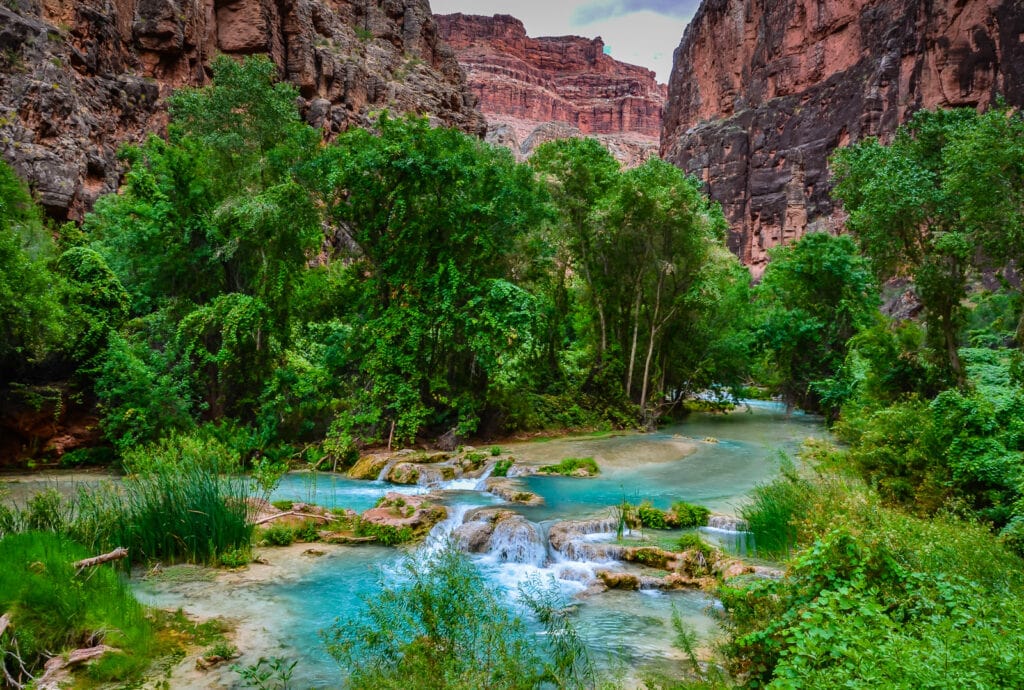
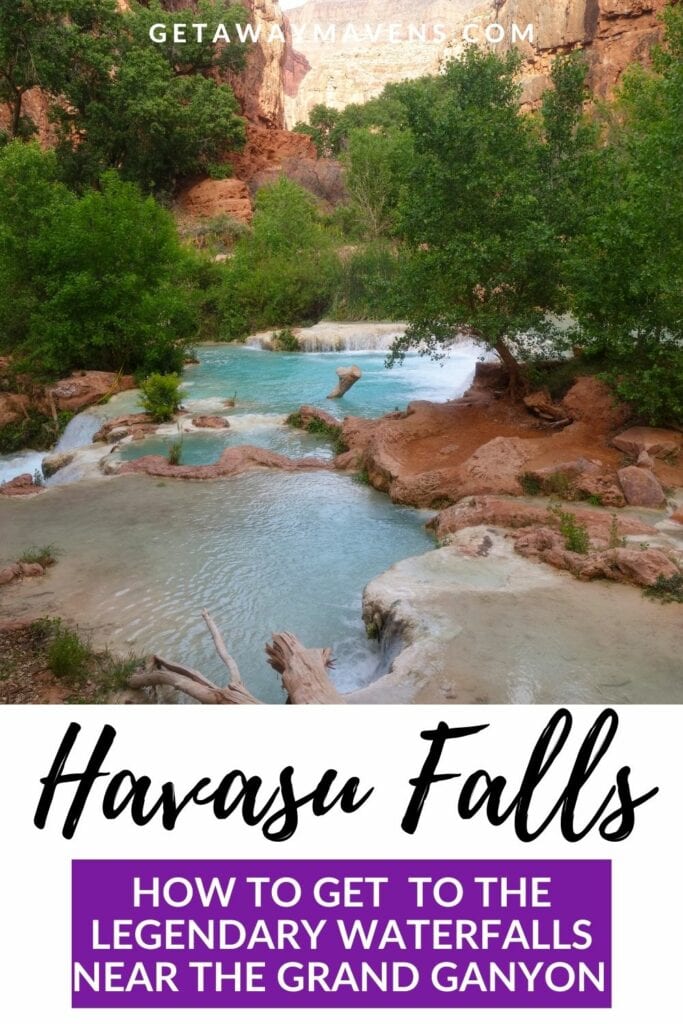
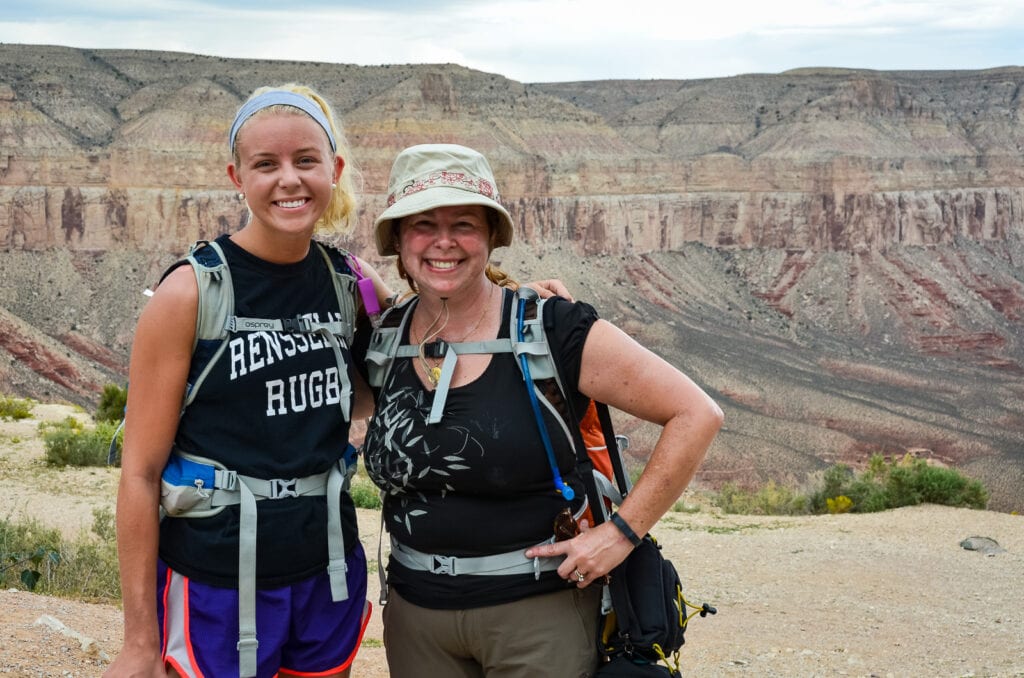
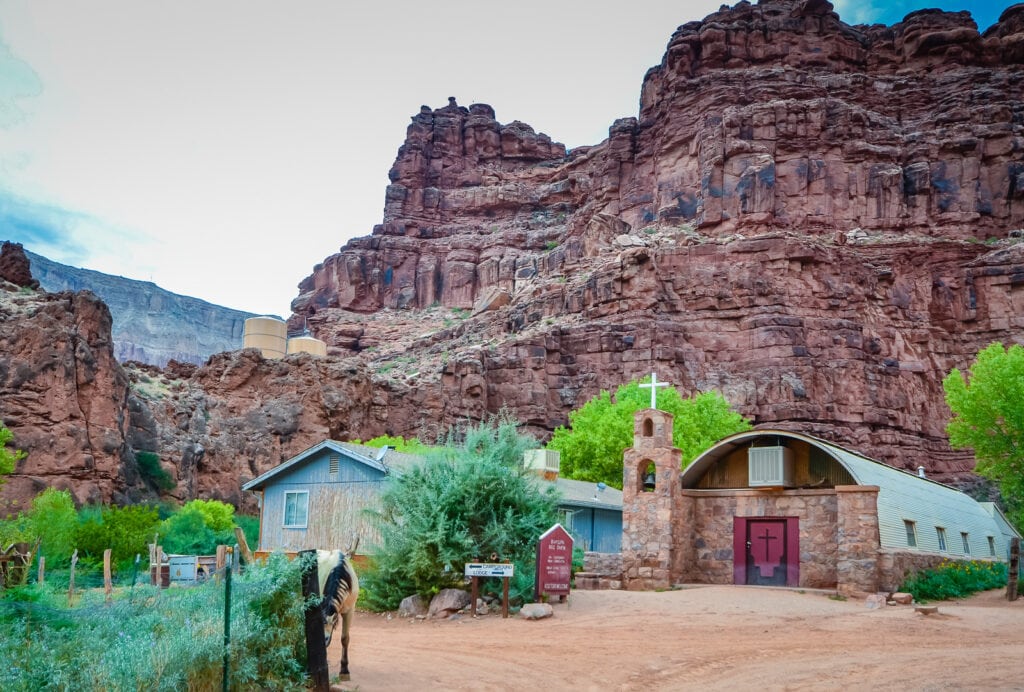
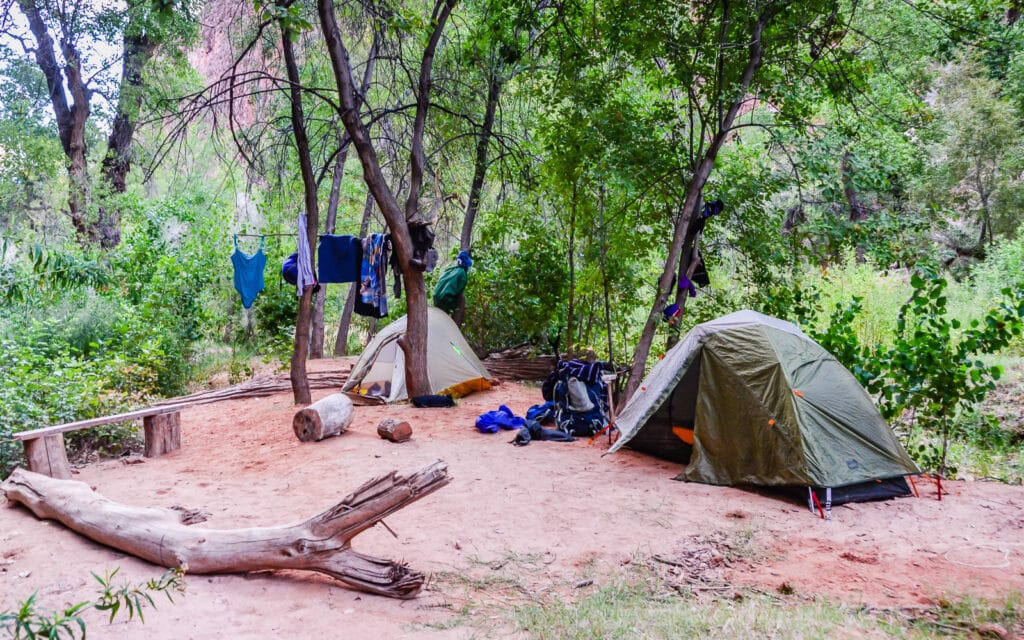
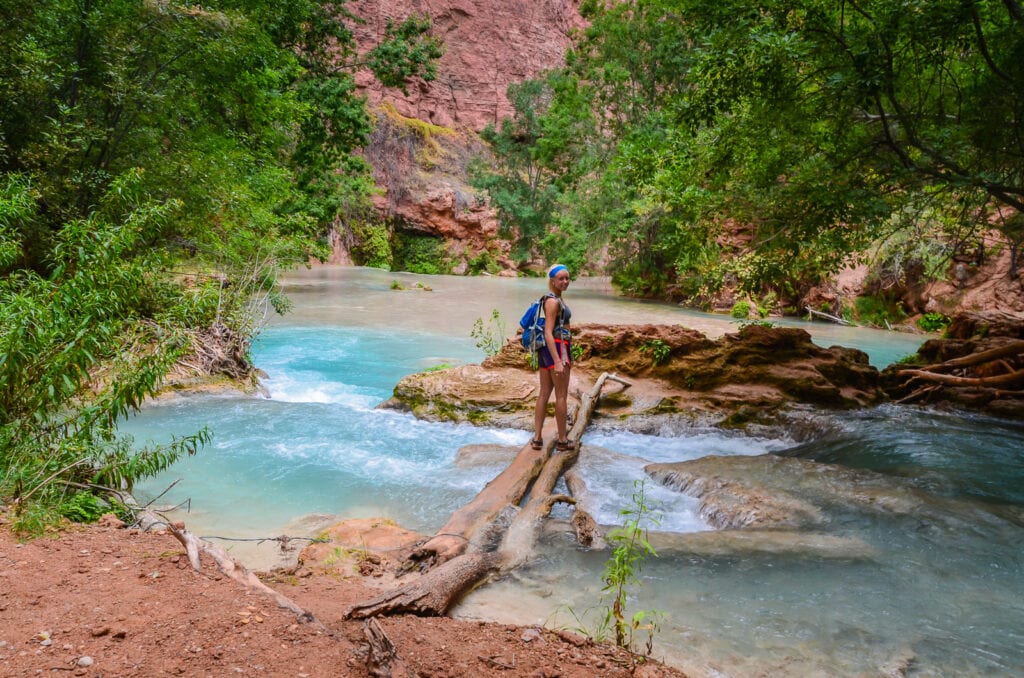
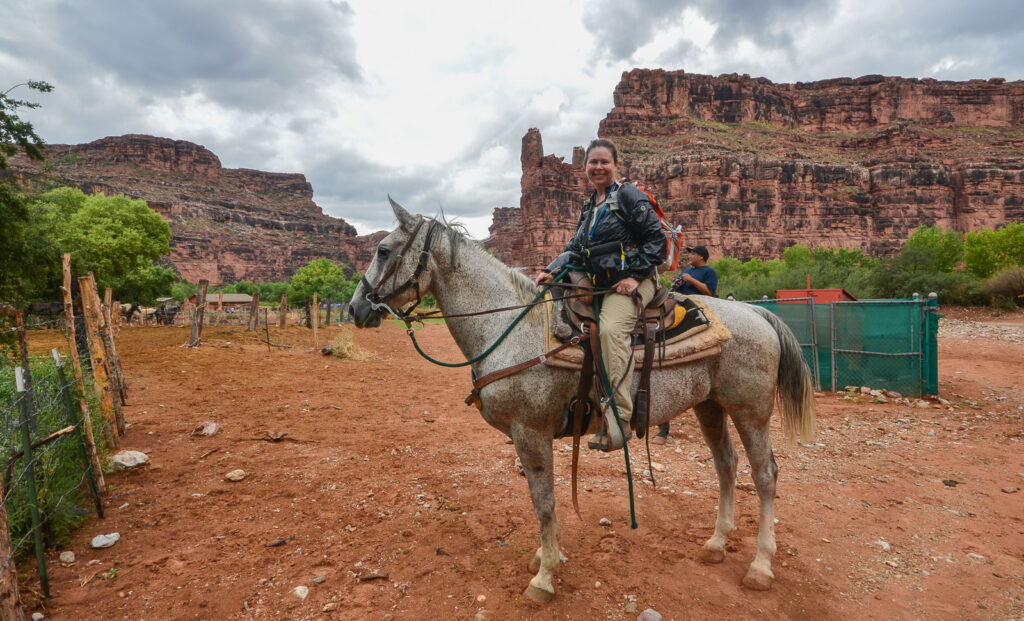
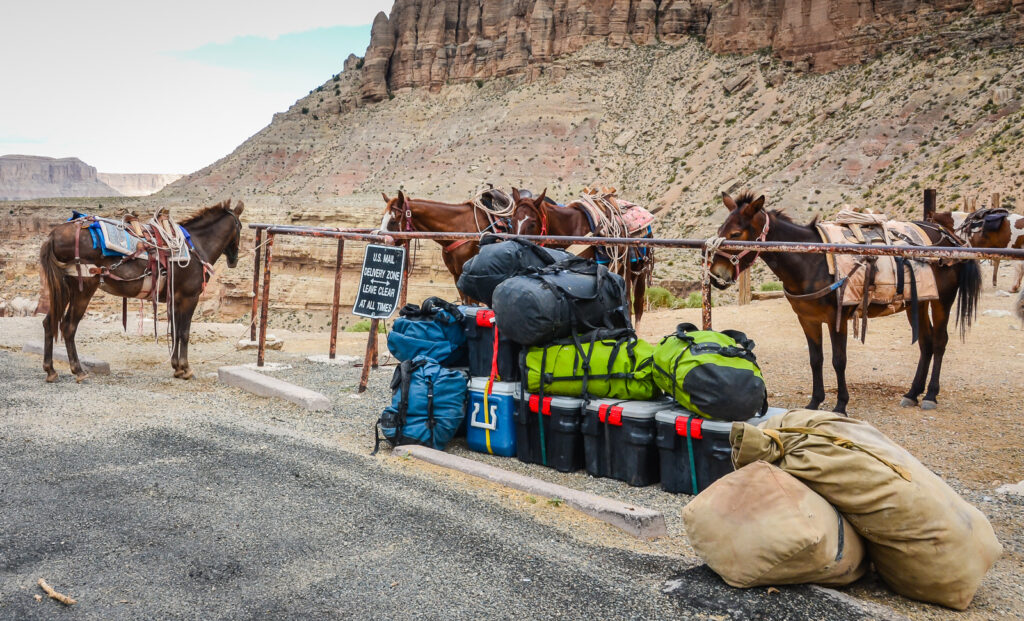
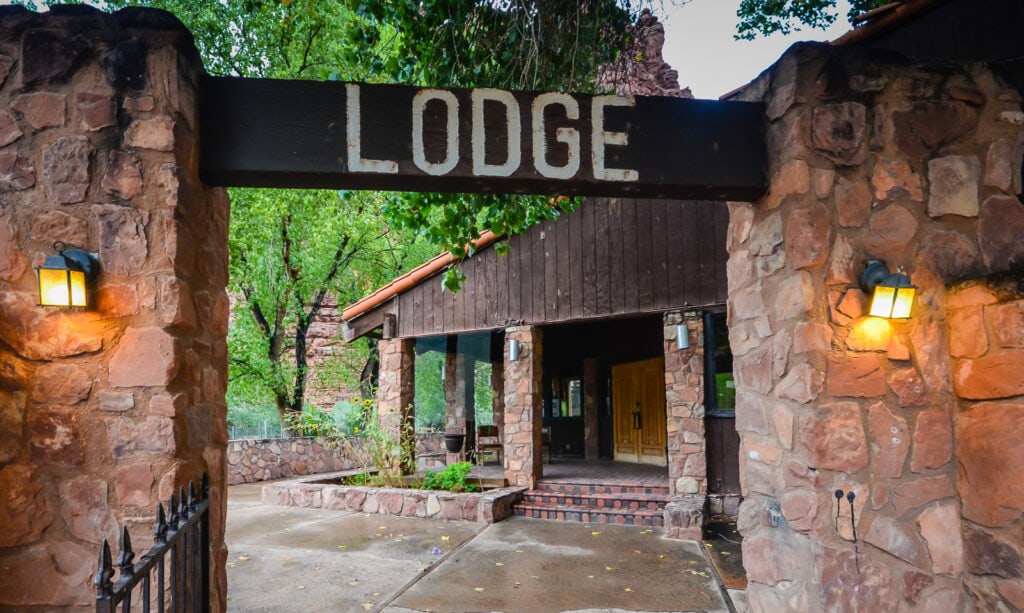
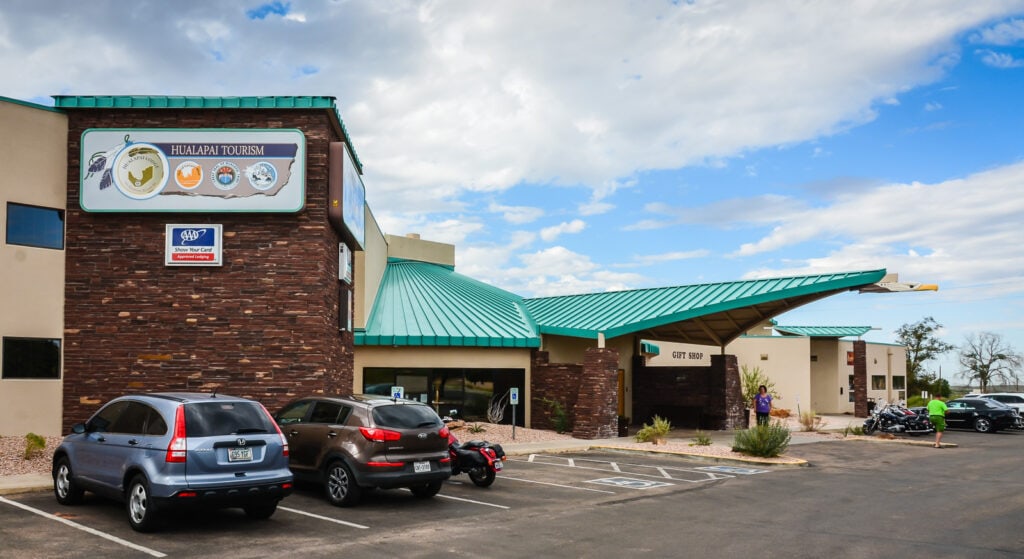

LOVED your adventure! Kudos you & your daughter…of obvious disparate stages of strength…made this phenomenal journey together. Wish I’d have seen what you did in my week of backpacking in the Canyon, mid-30s, strong as an ox with a seasoned GC loving friend, but we did the Kaibab Trail and I love every minute still–remembering. Marvelous travelogue you created. I hope everyone who wants to go, does. Memories warm your soul forever (I’m 70 and thrilled, still that I got to do this). Thank you!